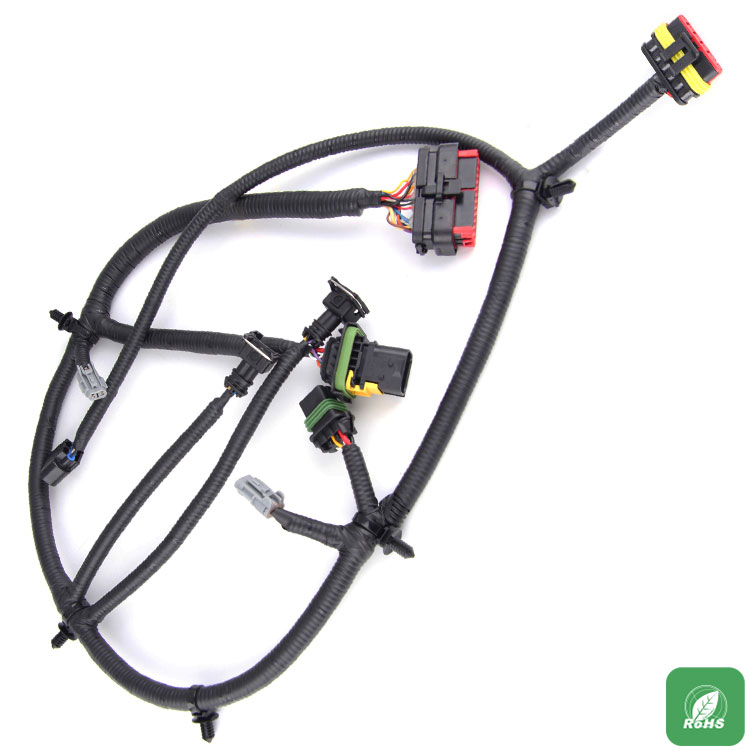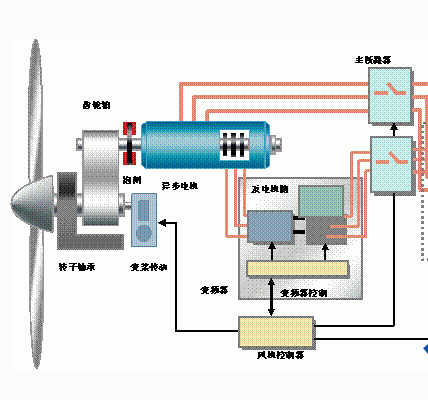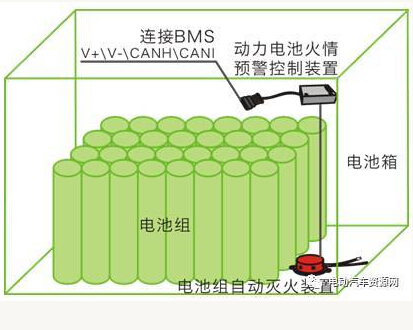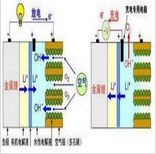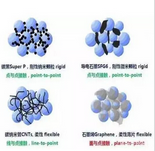First, the car wiring harness
Automotive wiring harness (car wiring harness), to achieve the physical connection to the power supply on the car and the various electrical parts. The harness is distributed throughout the vehicle. If the engine is compared to the heart of the car, then the harness is the car's neural network system, which is responsible for the information transfer between the various electrical parts of the vehicle.

The system of manufacturing automobile harness is divided into two categories
(1) to Europe and the United States divided, including China, the TS16949 system to control the manufacturing process.
(2) mainly in Japan: such as Toyota, Honda they have their own system to control the manufacturing process.
Second, the automotive wiring harness commonly used materials
1. Wire (low voltage wire, 60-600V)
Types of wires:
National standard line: QVR, QFR, QVVR, QBV, QBVV and so on
Daymark: AV, AVS, AVSS, AEX, AVX, CAVUS, EB, TW, SHE-G, etc.
German standard line: FLRY-A, FLRY-B and so on
American standard line: SXL and so on
Common specifications have a nominal cross-sectional area of 0.5,0.75,1.0,1.5,2.0,2.5,4.0,6.0 square millimeter of the wire
2, jacket
Sheath (plastic shell), usually made of plastic, the pressure of the terminal wire inserted into it, to ensure the reliability of the connection, the main material PA6, PA66, ABS, PBT, PP, etc.

3, the terminal
A shaped hardware part, crimped on the wire will be connected to different wires to transmit signals, sub-terminal, female terminals, ring terminals and round terminals.

Material is mainly brass and bronze (brass hardness slightly lower than the hardness of bronze), which accounted for a larger proportion of brass.
2, jacket accessories: waterproof bolt, blind plug, seals, lock, buckle, and so on
It is generally used to form connectors with jacket terminals
3, harness through the hole rubber pieces
From wear, waterproof, sealed and so on. Mainly distributed in the engine and cab interface, the front cabin and cab interface (about 2), four (or back door) and the car interface, the tank at the entrance.
4, tie (card nail)
An original is usually made of plastic and used to secure the harness in a car. There is a tie, bellows lock tie.
5, pipe
Sub-bellows, PVC heat shrinkable tube, glass fiber tube. Braided tube, winding tube and so on. Used to protect the harness. (Sorted by diameter)
① bellows
Bellows in the wiring harness in the general accounted for about 60%, or even more. The main feature is good wear resistance, high temperature in the high temperature, flame retardant, heat resistance are very good. The temperature of the bellows is between -40 and 150 ° C. Its material is generally divided into PP and PA2 species. PA material in the flame retardant, wear-resistant than PP material; but PP material in the bending fatigue resistance is stronger than the PA material.
② PVC heat pipe PVC pipe function and bellows almost. PVC pipe softness and resistance to bending deformation is better, and PVC pipe is generally closed, so the PVC pipe is mainly used for wiring harness bending branch, in order to make the wire smooth transition. PVC pipe heat temperature is not high, generally below 80 ℃.
6, tape
Production tape: wound on the harness surface. (Divided into PVC, sponge tape, cloth tape, paper tape, etc.). Quality identification tape: used to identify defects in the production of products.
Tape in the harness in the bundle, wear, insulation, fire, noise reduction, marking and so on, in the dressing material generally accounted for about 30%. Harness tape is generally divided into PVC tape, air velvet tape and cloth base tape 3 kinds. PVC tape wear resistance, good flame resistance; temperature at 80 ℃ or so, noise reduction is not good, the price is cheaper. Flannel tape and cloth tape material for PET. Flannel tape bandage and noise reduction is best, the temperature is about 105 ℃; cloth base tape wear the best, the highest temperature of about 150 ℃. Flannel tape and cloth base tape common shortcomings is the flame retardant is not good, expensive.
















 RCCN WeChat QrCode
RCCN WeChat QrCode Mobile WebSite
Mobile WebSite
